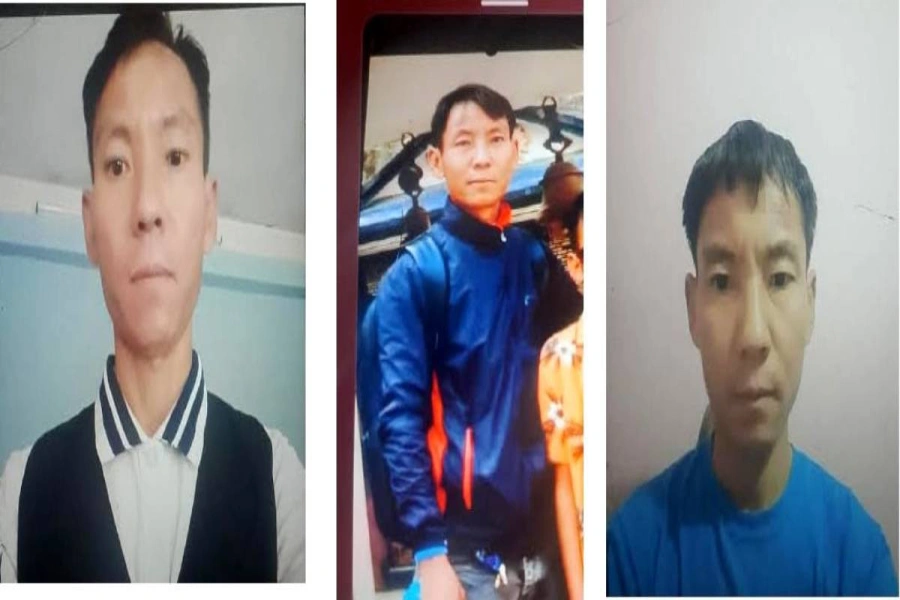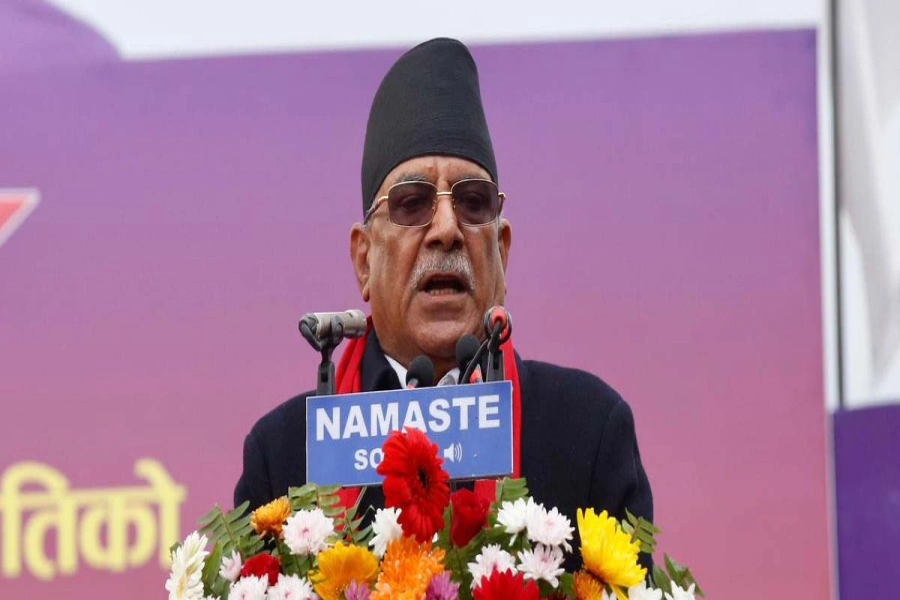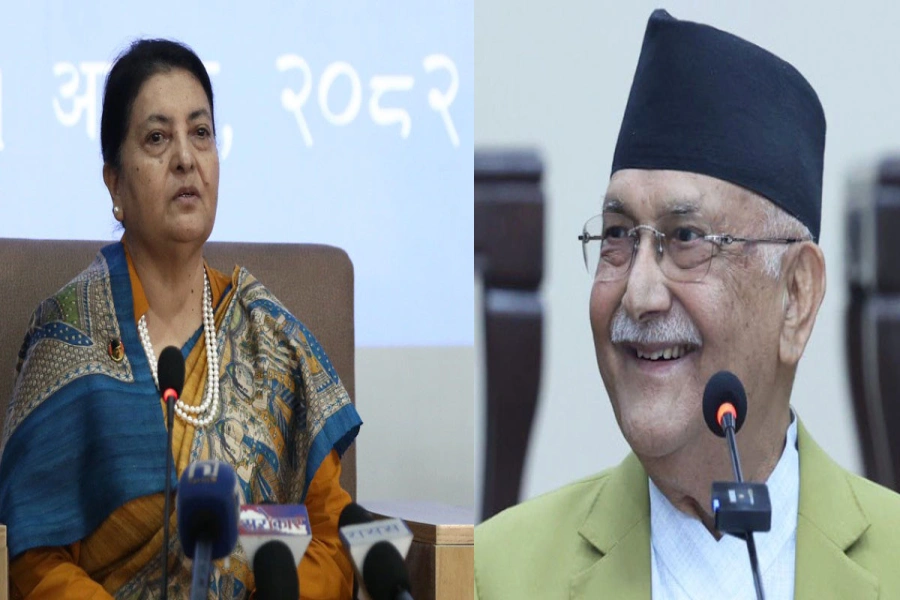Teleradiology has been proposed as a way to make radiological services available in rural areas especially where the radiologists are separated from the major population. It involves the electronic transmission of non-invasive radiographic images such as digitized X-ray, ultrasound, computed tomography images (CT scan), and magnetic resonance images (MRI), nuclear medicine as well as consultative text from one geographical location to another for the purpose of interpretation, consultation, diagnosis, and treatment.
Teleradiology is a branch of telemedicine that provides facilities in examination, investigation, monitoring, and treatment for those who are located away from the physician. Teleradiology solution (TRS) is the forefront of the telemedicine revolution which involves store-and-forward telemedicine, using e-mails to send clinical data with digital images. It offers a low-cost alternative for physicians in developing countries to obtain second opinion from specialists. It is basically a network between radiologists and patients as well as long-distant consultants, connecting the private clinics and largest hospitals with radiological teams.
Separate surveys of World Health Organization and World Bank income group have concluded that teleradiology has the highest rate of established service provision in the fields of telemedicine among the services of telepathology, teledermatology, telepsychiatry, and teleradiology.
Nowadays, teleradiology could be used in the form of telediagnosis, telemonitoring, teleconsultation and telemanagement for the treatment planning system. This is focused on primary health care center, outsourcing qualified and expert radiologists all over the world.
Govt body starts feasibility study to set up mobile phone assem...

Nepal has limited number of qualified radiologists. These experts are stationed in specific urban centers only. A recent study shows that only 16 districts have radiologists and the remaining 61 districts of Nepal have vacancy for them. More than half of the total population of Nepal is suffering from the above acute problem. In this situation, teleradiology could play crucial role for a better solution at low cost and will bring smiles at the faces of people from far flung area of Nepal.
Planning and implementation of teleradiology services require complex and extended intersectional collaboration, with stakeholders often coming from diverse backgrounds with a range of priorities and agendas. To start it in Nepal, the government and Nepal Medical Council should first offer significant inputs into bringing out a teleradiology policy and develop the required legal frameworks to deal with issues such as confidentiality, liability, and cross-border jurisdiction.
As a matter of fact, teleradiology has both advantages and disadvantages. It is very important that proper guidelines for the usage of teleradiology should be established first. For example, there are legal considerations for the registration of the reporting doctors, who should be recognized by Nepal Medical Council.
Secondly, the service providers must abide by national health and safety legislation including the working hour directives. Thirdly, sufficient funds and infrastructure are required to implement teleradiology, including telerad building, qualified and expert radiologist, sophisticated medical equipment, computer, internet technology and broadband connection. Fourthly, the involvement of scientific institutions in the development of teleradiology brings a number of potential benefits. The involvement of scientific institutions could increase the likelihood that teleradiology innovation and implementation is documented and disseminated to others aiming to advance its development and procedures. Finally, rigorous monitoring and evaluation processes play a vital role in the progress of all medical fields.
Conducting evaluations and disseminating results may be particularly important to the field of teleradiology given the empirical evidences on its practice. These evaluations could enhance to generate reliable data for development of national teleradiology policy and strategy, streamline teleradiology implementation, and to inform the potential boosting to the transferability of teleradiology projects.
Prospective comprehensive cost benefit analyses need to be undertaken to determine its appropriate applications. Population and hospital effects as well as individual benefits are required to be measured. It is also important that teleradiology services are integrated with other medical information systems and services. These ideas will be facilitated to develop teleradiology solutions in Nepal, successfully.
On the other hand, there are a lot of challenges such as legal and technology consideration, infrastructure, funding aspect and electric power supply. Additionally, unreliable connectivity, computer viruses, and limited bandwidth continue to add to the challenges. To fight against these obstacles, teleradiology must be regulated by definitive and comprehensive guidelines, which are applied widely. Strong public private collaboration may be required for that purpose.
In a nutshell, teleradiology may be extremely useful to provide healthcare services in developing countries. By opening up different channels of communication, teleradiology connects rural and remote sites with health care professionals around Nepal and the entire world, overcoming geographical barriers. Some of the pioneering studies on the practice of teleradiology in Nepal indicate that due to its low cost, the technology is feasible in our country. Therefore, by all means, it should be established for access, equity, quality and cost effectiveness of healthcare services in Nepal.
(Nepal, a medical physicist, is a research scholar at Nepal Medical College and a lecturer at Patan Multiple Campus. He can be reached at chaton.nepal45@gmail.com)






































